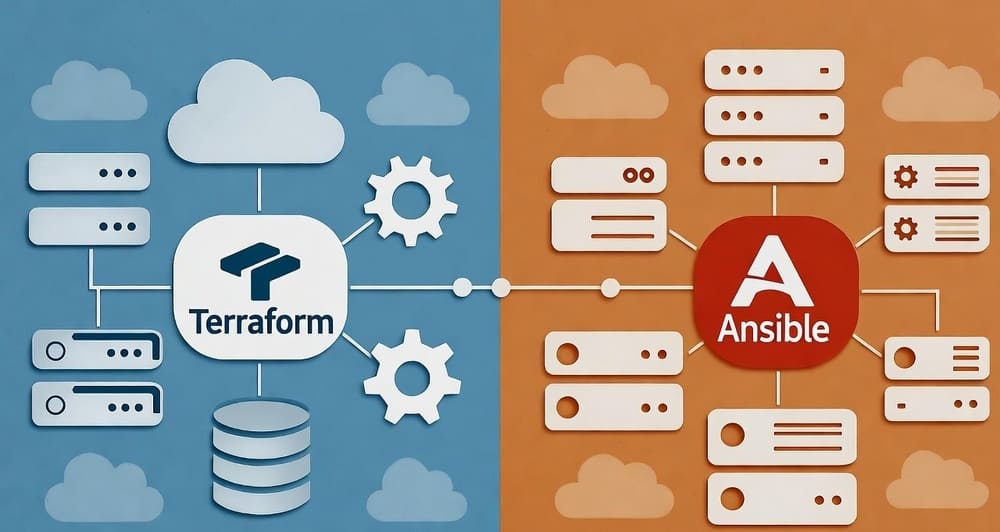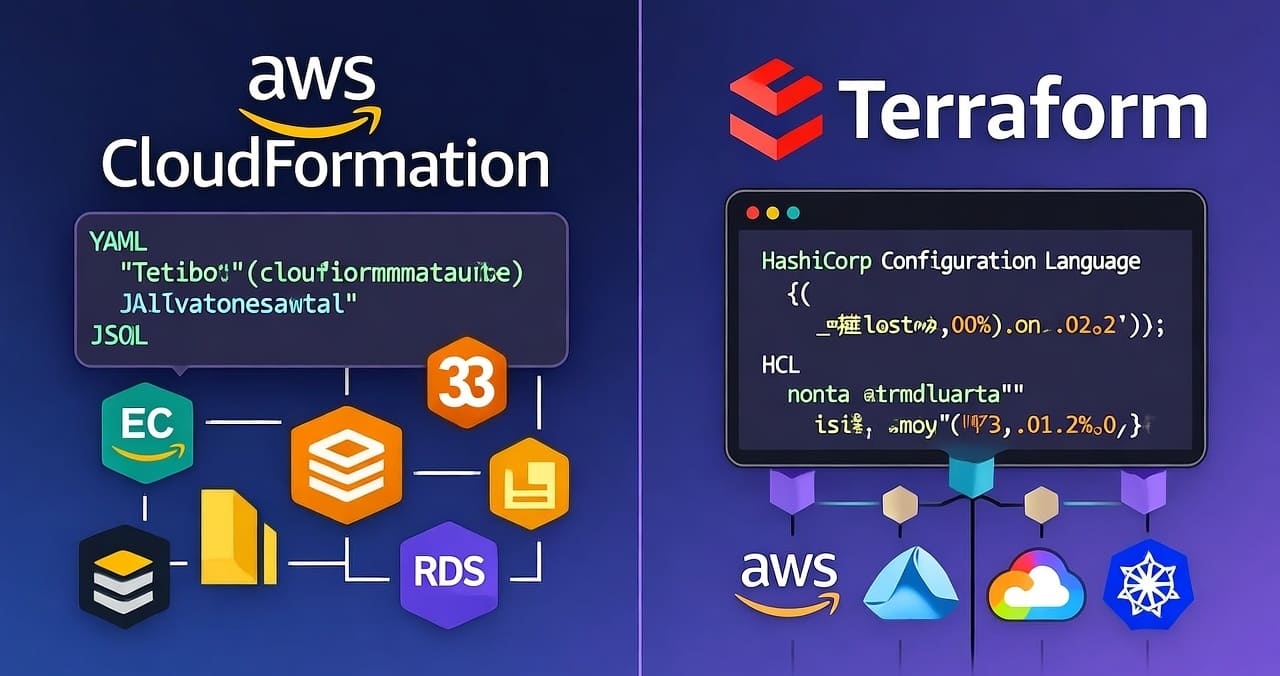Pillar 7 – The Vision of Continuous Learning: Thriving in the Ever-Shifting Data Frontier
In the realm of data engineering and machine learning, standing still is falling behind. The field moves at warp speed—new tools, algorithms, and paradigms emerge monthly. Continuous learning isn’t just a buzzword; it’s the oxygen that keeps your skills sharp and your systems cutting-edge. This article explores how Data/ML Engineers can harness community engagement and fearless experimentation to stay ahead, weaving these into a vision that elevates not just your work but your legacy.
Why Continuous Learning is Non-Negotiable
Data tech isn’t a monolith—it’s a living beast. Python’s ecosystem ballooned with 10,000+ new PyPI packages in 2024 alone. AWS drops features weekly, Snowflake refines its engine, and Databricks pushes ML boundaries. A 2023 Stack Overflow survey pegged 70% of engineers learning new tech monthly to stay relevant. Stagnation risks irrelevance; continuous learning fuels mastery.
Pillar 1: Stay Updated—Tap the Pulse of the Community
The data world thrives on shared knowledge—plug into it.
- Engage Actively: Dive into Python’s Reddit (r/dataengineering), Snowflake’s user forums, or Databricks’ Slack channels. Attend AWS re:Invent webinars or PyCon talks—virtual tickets are often free. Scan blogs like Towards Data Science or AWS’s Architecture Blog for bleeding-edge updates.
- Curate Your Feed: Follow X handles like
- Real-World Impact: A data engineer caught Snowflake’s query optimization update via a webinar, slashing report runtimes by 40%. Another snagged a Python library tip from Reddit, halving ETL lag. Communities are your radar—tune in.
Pillar 2: Experimentation—Build Your Innovation Lab
Learning isn’t passive; it’s hands-on. Experimentation turns theory into muscle memory.
- AWS SageMaker: Spin up a SageMaker notebook to test a new algo—say, a transformer model for NLP. Tweak hyperparameters, log results, and compare against baselines. It’s a sandbox where failure’s cheap and breakthroughs are yours.
- Databricks Notebooks: Use Databricks to prototype a streaming pipeline with Delta Lake or a custom ML metric. Collaborate live with peers—code, viz, and notes in one. Push limits: try a graph neural net or a novel data transform.
- Case Study: An ML team at a retailer used SageMaker to experiment with a demand forecasting model. A wild-card tweak—adding weather data—boosted accuracy by 15%. Databricks helped another engineer prototype a fraud detector in a weekend—deployed by Monday. Play breeds progress.
Pillar 3: Cultivate the Mindset—Learning as Ethos
Tools are half the battle; mindset seals the deal.
- Embrace Failure: A flopped SageMaker run isn’t a loss—it’s data. Document why (e.g., “overfit at 0.1 LR”) and iterate. Failure’s the fastest teacher.
- Teach to Grow: Explain a Databricks trick to a teammate or blog it. Teaching crystalizes your grasp—try it with a new AWS feature next week.
- Stay Curious: Skim a paper on arXiv, tweak a pipeline just because. A “what if” sparked a fintech engineer to blend Snowflake and PyTorch—unlocking real-time insights.
Actionable Blueprint
- Connect Now: Join one community (e.g., r/dataengineering) and RSVP to a webinar this month.
- Experiment Today: Fire up SageMaker or Databricks—test one new technique (e.g., a clustering algo) by Friday.
- Reflect Weekly: Log what you learned—tools, flops, wins—in a notebook or Git repo.
Conclusion
Continuous learning is the seventh pillar of data engineering excellence—mastering flow, quality, scale, integration, security, and docs means little without evolving with the field. It’s not just about keeping up; it’s about crafting a legacy of innovation. Engage with communities, experiment boldly, and let curiosity drive you. You’re not just building systems—you’re shaping the future.
Actionable Takeaway: This week, join a Python or AWS community and run one SageMaker experiment. Share your findings—watch your vision grow.
Provocation: What’s the wildest experiment you’ve tried—or the best lesson a community taught you? Spill it—let’s learn together!
#ContinuousLearning #DataEngineering #MLInnovation #TechEvolution #PythonLearning #SnowflakeSkills #DatabricksEdge #AWSTools #DataFrontier #LearnByDoing #TechCuriosity #MLExperiment #DataSkills #TechCommunities #DataLegacy















Leave a Reply